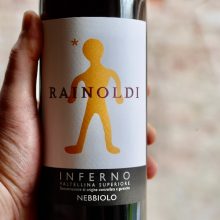
Product information
Rainoldi Superiore DOCG Inferno 2016
$65
Description
Delicious drinking. Balls of Inferno (by comparison with the more elegant Sassellas). Ripe (not overripe) flavours, fun, 16 pulling a bit shorter by comparison with the 2015. Tightly wound at the moment. Faint edge of spicey oak coming through. With a little time, this should resolve and build depth and length. Fine excellent tannins giving it a playful mouthfeel.
Ar.Pe.Pe’s wines have created loads of excitement & interest in the Nebbiolos of Valtellina. Sub-regions like Sassella, Inferno and Grumello are now part of the Neb-Heads vernacular. Like Ar.Pe.Pe and Petrisco’s Boffalora, Rainoldi are making thirst-quenching wines of intrigue.
Out of stock



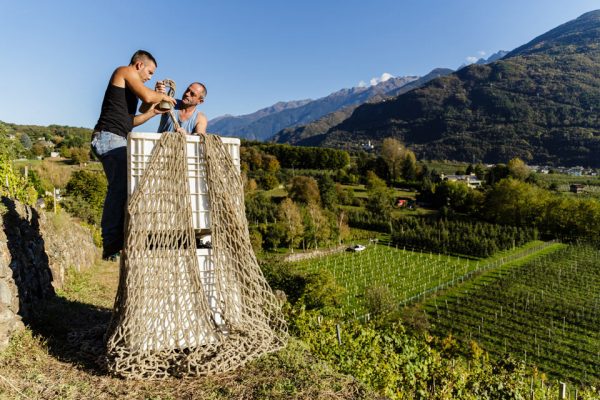
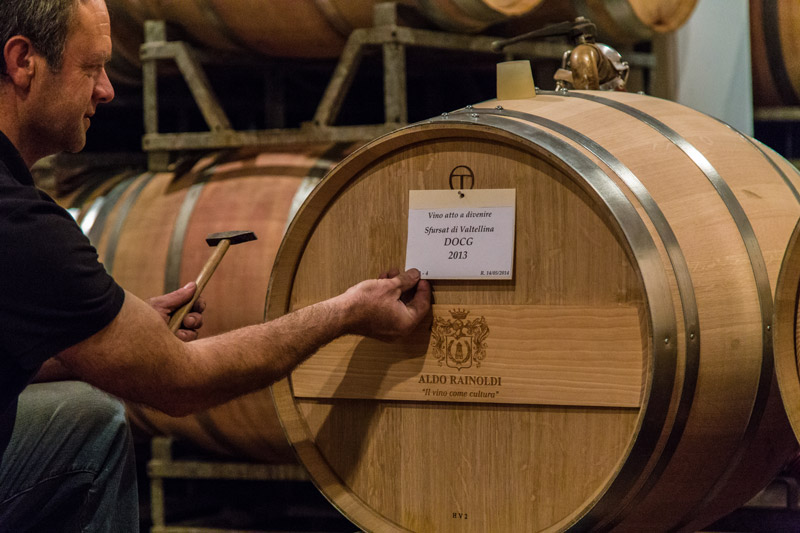




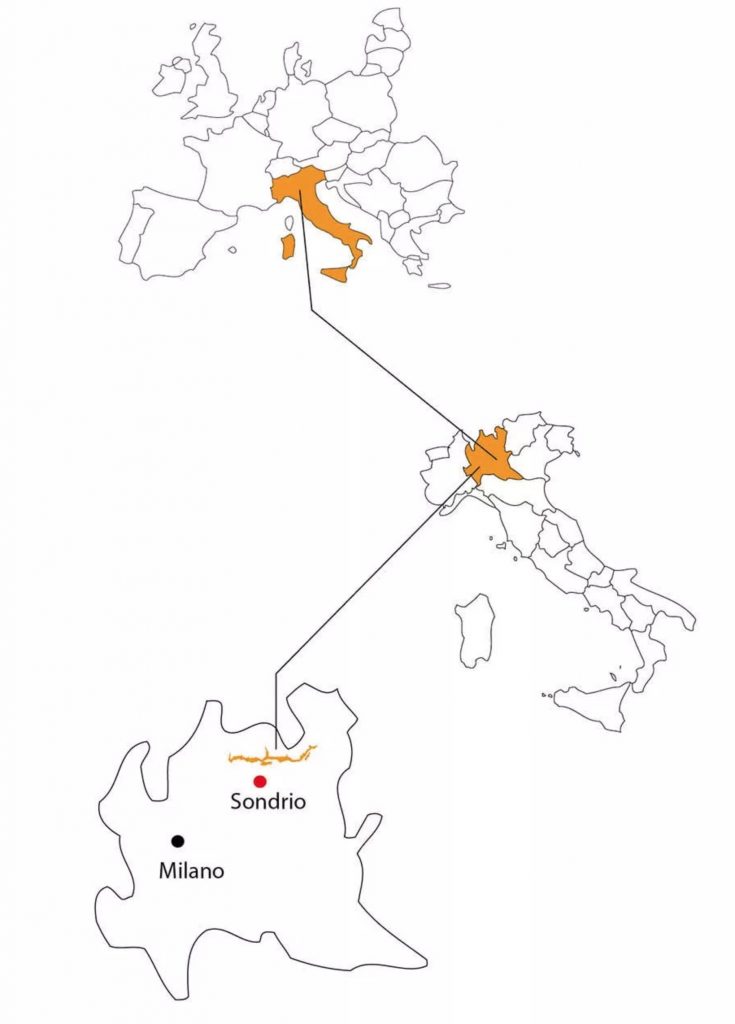
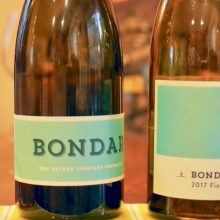
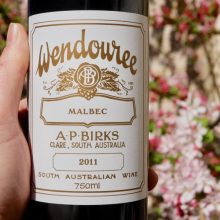
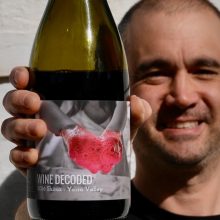
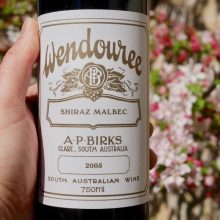
You must be logged in to post a comment.